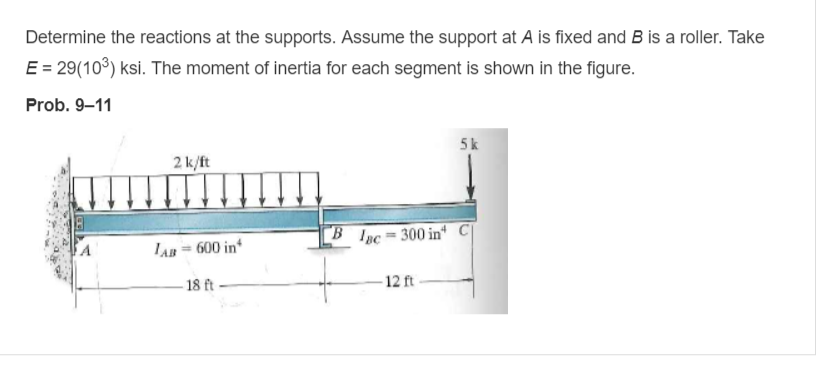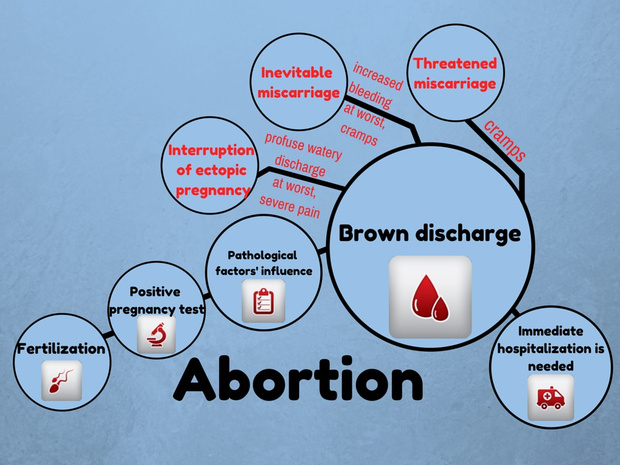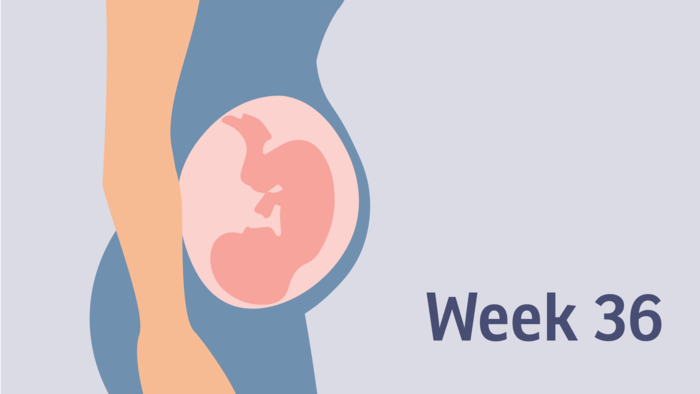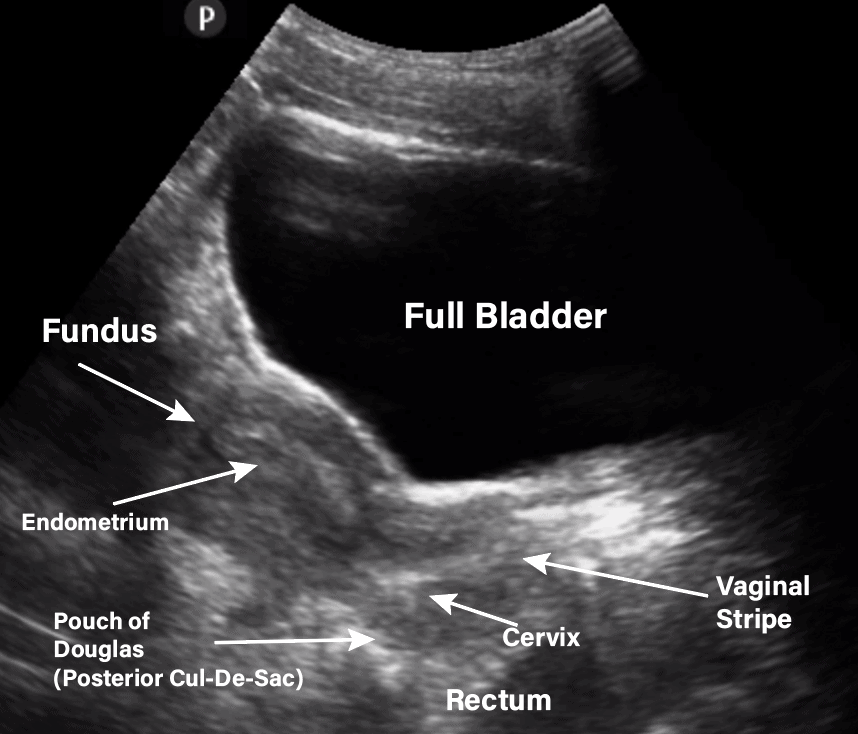What should a baby do at 6 months
Your baby's developmental milestones at 6 months
Explainer
Everything you need to know about your growing 6-month-old.
UNICEF
At 6 months, your baby will start using sounds to express emotion. She/he may mimic sounds she/he hears, like "ma,” “da,” “ah,” “oh" and even "no!" Your little one will begin to recognize familiar faces, reach and grasp for toys and will soon be crawling — start preparing your home (and yourself) for a mobile child!
Get ready by removing any sharp, breakable or electric objects from the child’s reach, locking closets with dangerous liquids or supplies (or putting them in a safe place far out of your child’s reach), and closing windows to ensure your child’s safety.
| Social and emotional |
| Language and communication |
| Brain development |
| Movement and physical development |
| Food and nutrition |
| Things to look out for |
| Tips and resources |
| < Back to Parenting Milestones |
Social and emotional milestones at 6 months
Some of the ways you’ll see your little one learning to connect with the people around him at 6 months:
- Is usually happy and responds to the emotions of others.
- Starting to differentiate between familiar faces and strangers.
- Enjoys playing with you and others.
- Has fun looking at himself in a mirror.
Tips for parents
- Talk to your baby about what is going on around him in a sweet tone.
- Include a child-friendly or plastic mirror with his toys so he can watch his movements.
- Start playing more body games like peek-a-boo.
Language and communication milestones at 6 months
How your baby is expressing her needs:
- Will recognize and respond to her name.
- Puts vowel sounds together and likes taking turns saying them with you. She is starting to make some consonant sounds, too.
- Will respond to noises by making sounds.
- Is making sounds to show positive and negative emotions.
Tips for parents
- Engage in playful conversations with your baby: Create a serve-and-return interaction by repeating back to her the sounds she makes.
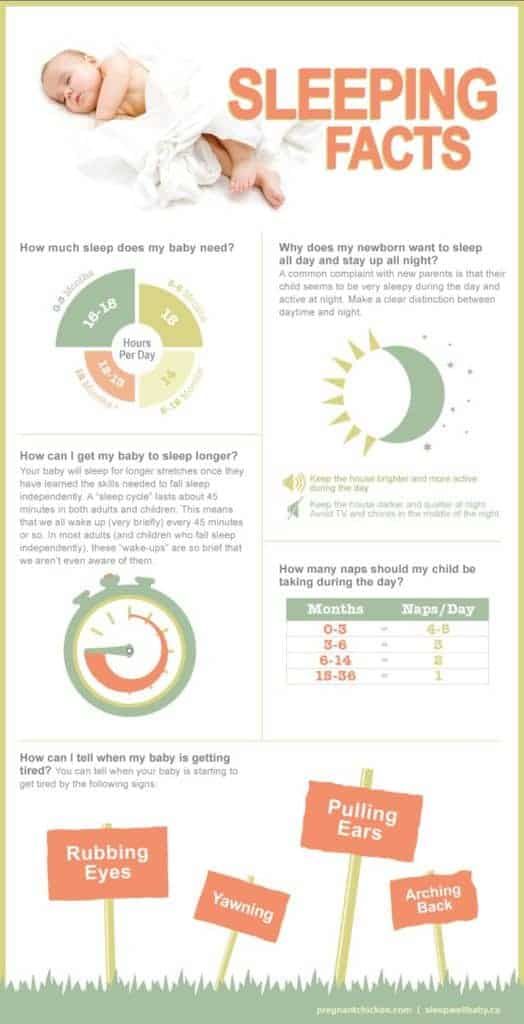
- Familiarize your baby with her name by using it frequently.
Brain development milestones at 6 months
How your child’s brain is growing:
- He is curious: He looks at objects nearby and tries to grab ones that are out of reach.
- He passes things from one hand to the other and brings his hands to his mouth.
Tips for parents
- Provide your baby with toys that are easy to pick up with one hand.
- Have conversations with your baby about different objects he is putting into his mouth.
Movement and physical development milestones at 6 months
How she’ll move through her environment:
- Is starting to be able to sit without a support.
- Is rolling over in both directions.
- Will push down on her legs when her feet are on a hard surface.
- Rocks back and forth.
Tips for parents
- Leave her favourite toys nearby so she can reach them by rolling over.

Food and nutrition milestones at 6 months
What mealtimes look like at 6 months:
- Is showing an interest in food and opens his mouth when spoon fed.
- Is moving food from the front to the back of his mouth when he chews.
- Is starting to eat cereals and single-ingredient pureed foods like carrots, sweet potato and pears.
Tips for parents
- At 6 months, your baby needs more than breastmilk alone. Start giving him just 2 or 3 spoonfuls of soft food four times a day.
Things to look out for
While all babies develop differently, you should speak to your paediatrician immediately if your 6-month-old:
- Doesn’t show affection to parents or caregivers.
- Won’t respond to nearby sounds.
- Doesn’t laugh.
- Has a hard time getting things into her mouth.
- Doesn’t make vowel sounds.
- Seems too floppy or too stiff.
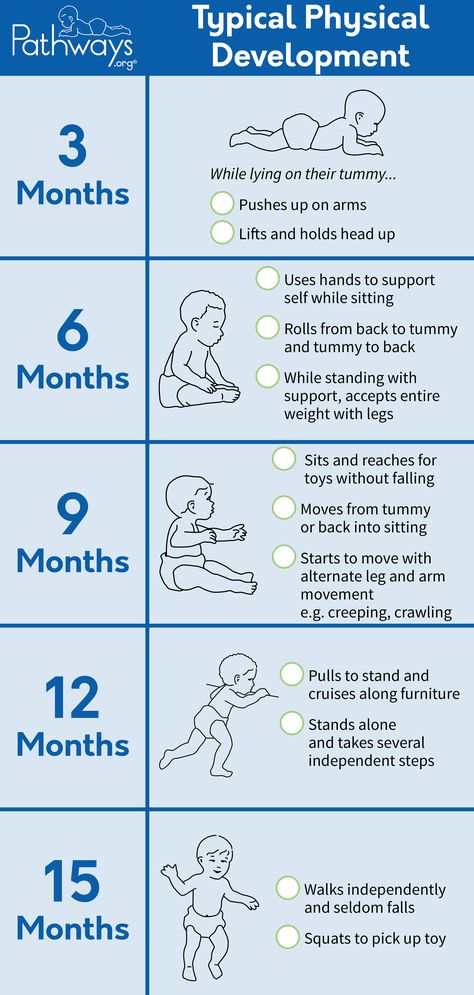
- Can’t roll over in either direction.
- Doesn’t attempt to grab objects nearby.
True or False?
Loading...
Explore age groups
2 Months | 4 Months | 6 Months | 9 Months | 1 Year | 18 Months | 2 Years
< Back to Parenting Milestones
Your baby's growth and development - 6 months old
beginning of content5-minute read
Listen
Six months is an exciting time. Your baby is growing and developing very quickly now. The left side of their brain has started communicating with the right side, meaning they can coordinate their body better. You and your baby are starting to understand each other.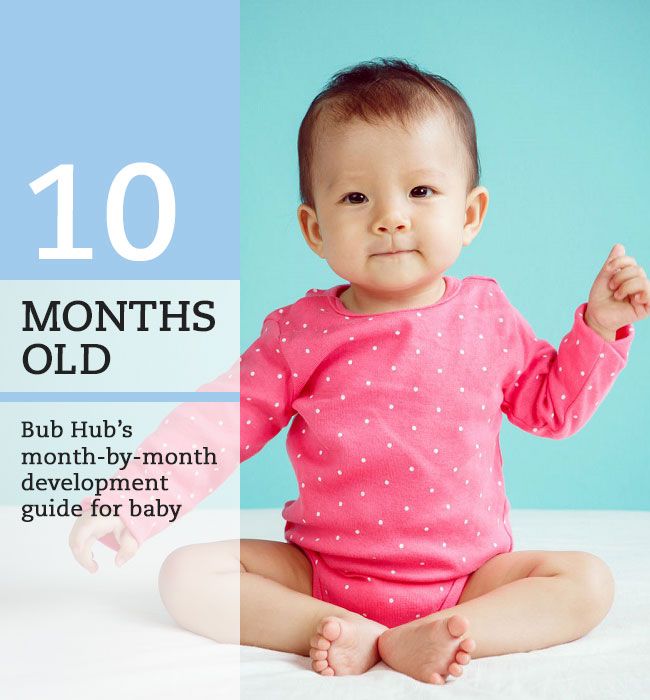 They will let you know whether they’re happy or sad and start to respond to words.
They will let you know whether they’re happy or sad and start to respond to words.
Your-6 month-old
By the time they reach 6 months, babies have a much better sense of who they are and how they fit into their world. They will have a good sense of the difference between their parents, siblings and other people, and may even start to be anxious of people they don’t know.
Six months is the recommended age to introduce solid food. This is important to give them the nutrients they need, including iron, but also to strengthen their jaw to help with chewing food and talking. You can try offering small amounts of smooth, pureed or mashed food once a day, and still continue breastfeeding or formula feeding. When you are giving your baby solids, you can also offer some small sips of cool, boiled water from a sippy cup. If you have allergies in your family, talk to your doctor or child and family health nurse before you introduce common allergy foods like eggs or cow’s milk.
Your baby is now due for their 6 months check. This is when you and your doctor will discuss sleep patterns, safe sleeping and prevention of sudden infant death syndrome (SIDS), healthy diet and teeth care, growth and safety. Your baby also needs their third scheduled vaccination, which for most children involves just 1 injection this time.
This is when you and your doctor will discuss sleep patterns, safe sleeping and prevention of sudden infant death syndrome (SIDS), healthy diet and teeth care, growth and safety. Your baby also needs their third scheduled vaccination, which for most children involves just 1 injection this time.
Understanding baby growth charts
A growth chart helps you and your doctor keep track of how your baby is growing.
What can your baby do?
From about 6 months – sometimes a little later – your baby’s hand control will have developed enough so they can grab an object and move it towards them. They might even be able to pass an object from hand to hand and will learn how to let go of something (and to understand that it fell). It’s too early to tell whether they are left- or right-handed; they will tend to use one hand a lot and then switch to the other.
Most babies can roll over by 6 months, which means you need to be very careful to keep hold of them on the change table or bed.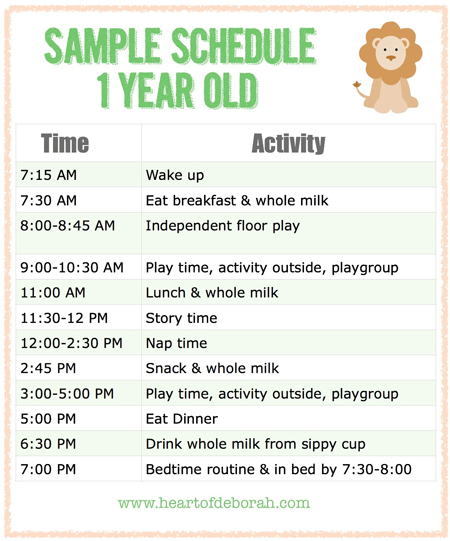 They are starting to push themselves up into a crawling position and may be able to rock back and forth on their hands and knees. They can push up and down with their legs in a standing position and may be able to sit with support. They will often be able to turn themselves in the direction they want to go by now.
They are starting to push themselves up into a crawling position and may be able to rock back and forth on their hands and knees. They can push up and down with their legs in a standing position and may be able to sit with support. They will often be able to turn themselves in the direction they want to go by now.
6-month-old babies love interacting with you and will start to let you know what they want. They are learning how to attract your attention in ways other than crying. They will also start to understand your emotions from the tone of your voice, for example if you speak to them harshly. Some babies at this age can understand a few words, like ‘bath’, and can recognise their own name.
Their communication skills will be developing fast. You will be hearing lots of babbling, singing, squeals and bubble blowing, sometimes referred to as ‘vocal play’. They love language games and understand how to take turns as you ‘talk’ to each other. About half of 6-month-old babies can repeat a sound over and over again (‘babababa’). Some will even combine several sounds together (‘baga’). Mimic the sounds back to them to help them learn to talk.
Some will even combine several sounds together (‘baga’). Mimic the sounds back to them to help them learn to talk.
How can I help my baby develop?
Your baby will love exploring the world. Surround them with safe things they can touch and put in their mouth, like a soft ball, different fabrics, teething rings or bells.
Talk and listen to your baby, looking them straight in the eye, making facial expressions and responding to their sounds. They will love being read to, especially books with bright pictures. Have a cuddle while you read to them so you can enjoy this special time together. Reassure them when they’re with people they don’t know, to help them feel safe and secure.
If you haven’t done so already, now is the time to baby proof your house. Your baby will soon be on the move so make sure their environment is safe.
Development problem signs
All babies develop at different rates. At 6 months, talk to your doctor or maternal child health nurse if:
- your baby doesn’t seem interested in things around them
- doesn’t seem to know their parents or respond to people they know well
- isn’t showing any interest in their surroundings
- isn’t reaching for objects
- isn’t starting to babble or make any voice sounds
- doesn’t make eye contact
- can’t be comforted by a parent or a close carer
Where can I go for help?
If you are worried or would like to discuss any issues with your baby’s development, speak to your doctor or child health nurse.
Speak to a maternal child health nurse
Call Pregnancy, Birth and Baby to speak to a maternal child health nurse on 1800 882 436 or video call. Available 7am to midnight (AET), 7 days a week.
Sources:
Raising Children Network (6-7 months: baby development), Kids Health (Your baby’s growth – 6 months), Women's and Children's Health Network (Milestones: 0-4 years), Australian Children's Education and Care Quality Authority (Developmental milestones and the Early Years Learning Framework and the National Quality Standards)Learn more here about the development and quality assurance of healthdirect content.
Last reviewed: October 2020
Back To Top
Related pages
- Understanding baby growth charts
- Bonding with your baby
- How your baby learns - birth to 3 years
- Your baby’s growth and development – first 12 months
This information is for your general information and use only and is not intended to be used as medical advice and should not be used to diagnose, treat, cure or prevent any medical condition, nor should it be used for therapeutic purposes.
The information is not a substitute for independent professional advice and should not be used as an alternative to professional health care. If you have a particular medical problem, please consult a healthcare professional.
Except as permitted under the Copyright Act 1968, this publication or any part of it may not be reproduced, altered, adapted, stored and/or distributed in any form or by any means without the prior written permission of Healthdirect Australia.
Support this browser is being discontinued for Pregnancy, Birth and Baby
Support for this browser is being discontinued for this site
- Internet Explorer 11 and lower
We currently support Microsoft Edge, Chrome, Firefox and Safari. For more information, please visit the links below:
- Chrome by Google
- Firefox by Mozilla
- Microsoft Edge
- Safari by Apple
You are welcome to continue browsing this site with this browser.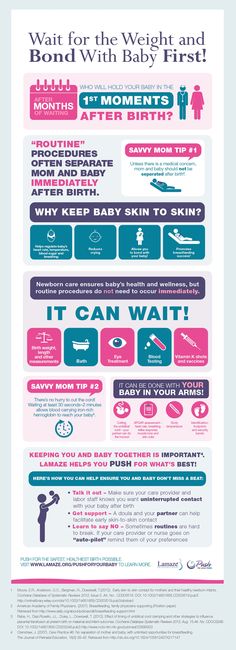 Some features, tools or interaction may not work correctly.
Some features, tools or interaction may not work correctly.
Baby development at 6 months: physical, physiological development
The sixth month is full of new discoveries, new achievements. The child actively explores the world around him, objects, learns to express emotions. The development of a child in six months changes a lot. The baby begins to try new foods that are offered to him as complementary foods.
How the child changes physiologically
During this period, the growth of the baby increases by 2 centimeters. And the weight gain is up to 750 grams. In some children, the first teeth are already erupting by this age. Which leads to whims, mood swings, irritability. The kid is trying to “try on the tooth” everything. nine0003
Physical development
Each child is individual. A baby's skills at 6 months may differ between boys and girls.
Auditory perception
At six months, the baby reacts to sounds. He likes to listen to melodic music, he is interested in musical toys. Sometimes babies “sing along” when they hear a melody. The child understands when he is addressed, reacts to this with a smile.
He likes to listen to melodic music, he is interested in musical toys. Sometimes babies “sing along” when they hear a melody. The child understands when he is addressed, reacts to this with a smile.
Visual perception
Vision is normally well developed. The kid distinguishes objects, colors. Vision becomes sharp. During this period, the baby begins to be interested and study small objects, details.
The doctor evaluates the physical development of the baby using the centile method. He compares the height and weight of the baby according to the tables, determines the corridor in which the child is located. If there are deviations from the norm in two or more corridors - a reason to contact our doctors. At a remote consultation, they will explain the developmental norms of the baby, adjust the child’s nutritional norms, and advise on physical exercises for development. nine0003
What can a baby do at 6 months
The child distinguishes parents by voice, even if they are out of sight.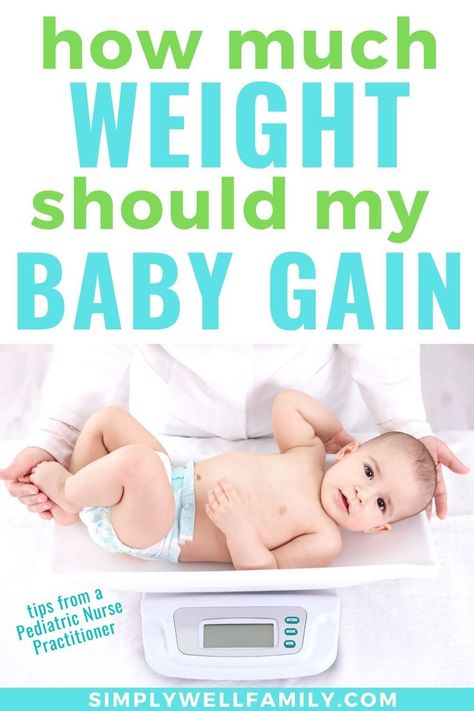 At this age, the baby is able to follow objects, the movements of people. A 6 month old baby can:
At this age, the baby is able to follow objects, the movements of people. A 6 month old baby can:
- search and find objects that were hidden in front of him;
- creeps;
- manages well with two hands at once - holds objects, shifts them from hand to hand; nine0028
- the syllables and sounds pronounced by the child increase;
- sits down without assistance;
- can occupy himself for 15 minutes;
- She tries to eat on her own using a spoon.
Reflexes and motor skills
Psychomotor development is assessed by whether the child is able to roll over from his stomach to his back and vice versa, to keep himself on outstretched arms. Doctors evaluate the baby's ability to make a palm grip. If we talk about the fact that girls develop faster than boys, then this trend is not always visible. Boys at 6 months, with pronounced mobility and low weight, can develop motor faster than their peers, who have a lot of weight.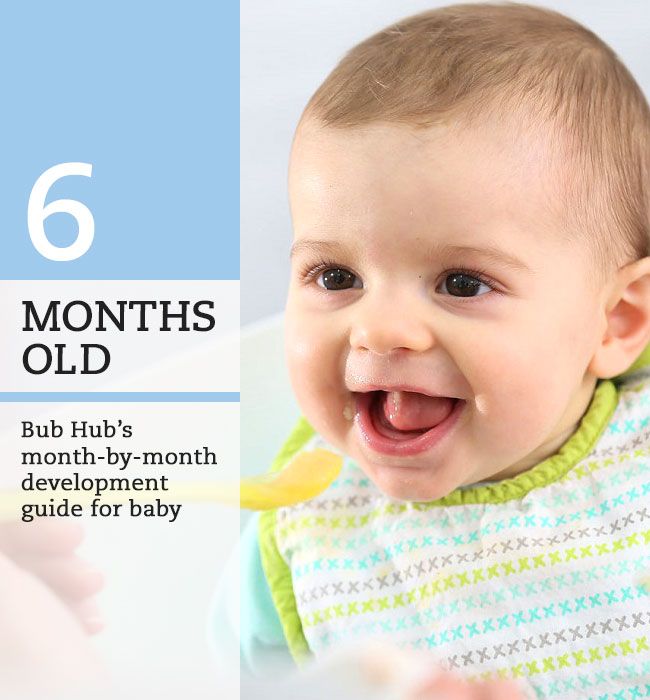 nine0003
nine0003
Psycho-emotional sphere
The psychoemotional development of a child in six months includes:
- crying, which he uses only in cases of discomfort;
- the child tries to repeat the sounds he hears, sometimes imitating intonation;
- begins to respond with a voice to the speech of the mother;
- children in six months are ways to show feelings of affection, cuddle, kiss their parents; nine0028
- they are wary of strangers, keep their distance, fear of strangers disappears;
- primitive causal relationships are formed;
- interested in studying the features of objects.
It is possible to draw conclusions about the formed changes in the intellectual plan of the child when fears appear. This indicates an understanding of the connection of the phenomenon, their foresight.
Lure
At six months, parents begin to introduce the child to products that are allowed at this age.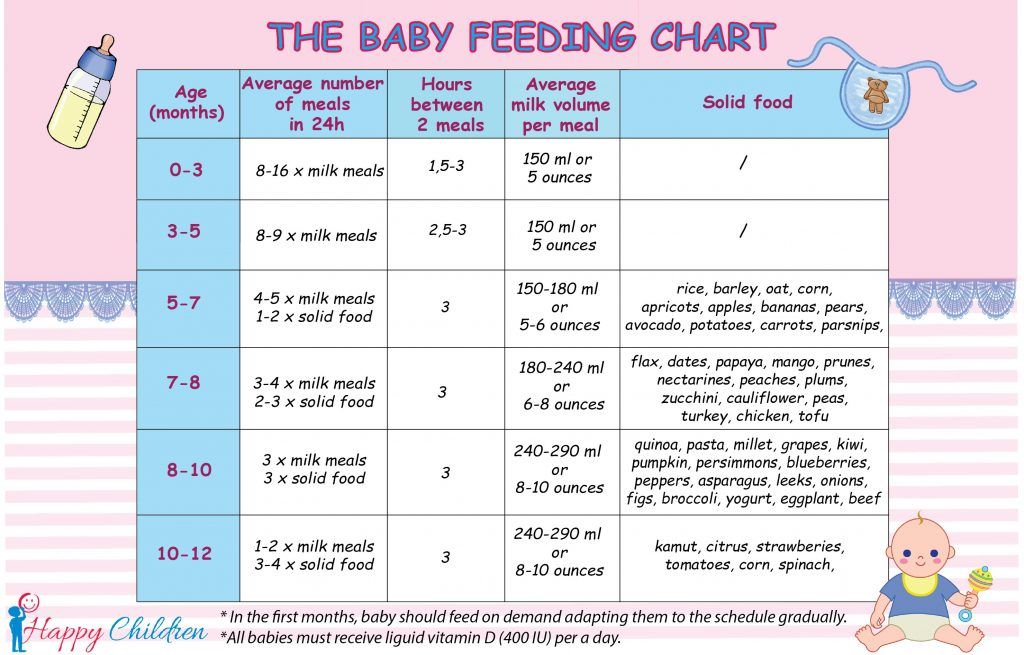 It is much easier for kids on guards to get to know them than a child on willows. This is because breastfed babies are introduced to the taste of many foods through their mother's breast milk.
It is much easier for kids on guards to get to know them than a child on willows. This is because breastfed babies are introduced to the taste of many foods through their mother's breast milk.
During the introduction of products, you must follow the rules:
- start complementary foods with hypoallergenic foods. The second is not administered until the baby's body is used to the first; nine0028
- fed until breastfeeding or before giving formula;
- if adverse reactions to the product appear, it is immediately canceled.
Complementary foods start with one teaspoon of the new product. In the absence of complications, you can increase gradually, bringing up to 30 grams per day. In this case, the child should eat a new product well. It is not worth forcing to eat, it is important to offer.
Important! nine0086 Allowed complementary foods are introduced into the baby's diet after consultation with doctors. This is especially important for formula-fed babies.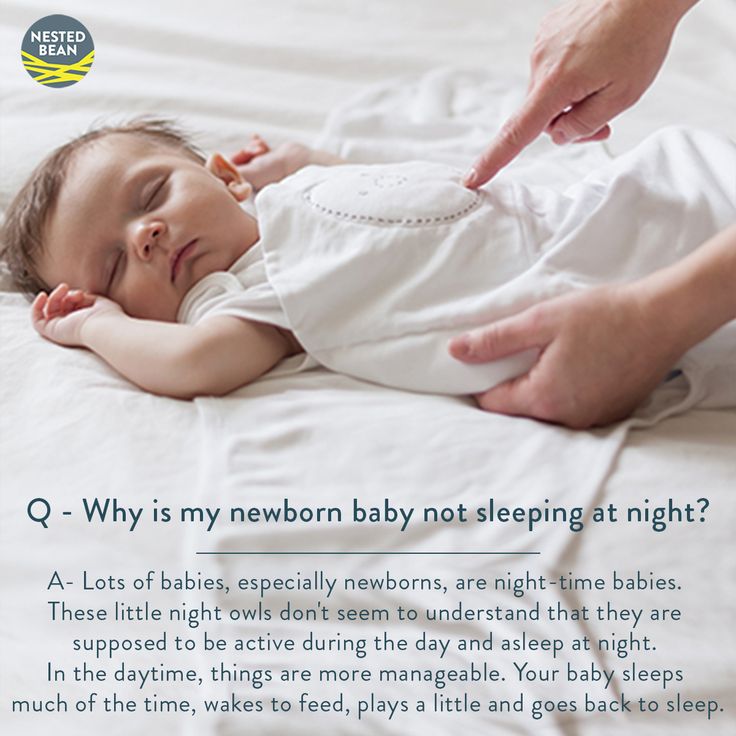
First teeth
By six months, babies begin to erupt teeth. Normally, the lower incisors appear first. In this case, the child experiences discomfort: the gums swell, hurt. Sleep is disturbed, the baby becomes irritable, capricious, whiny. The child needs more attention, refuses to eat. To reduce discomfort from this process, special gels and teethers are used. Some parents offer cold fruits to their children. In this case, the cold will work as an anesthetic, but not for a long time. nine0003
How to wash children at this age
The daily procedure includes washing in the morning, washing, hair care, hand hygiene.
| boys | Girls |
| Clean, warm running water is used for washing. Wet wipes can be used throughout the day. In the process of bathing, the genitals are washed using detergents for children's intimate hygiene. | Girls should be washed after each bowel movement. There is no need to bathe every time you change a diaper. For intimate hygiene, special care products are selected. |
Hair with shampoo should not be washed every day. Once every few days is enough.
FAQ
How to properly develop a six-month-old baby? nine0003
+
For these purposes, it is necessary to talk with the baby as often as possible, sing songs, recite poems. Give as many objects of different shapes as possible, pronouncing the names, introduce the surrounding objects on the street. Do not forget about the gymnastics necessary for the harmonious development of the child.
What are the weight and height indicators for a six-month-old baby?
+
The average weight of a baby in six months is 7300-7900 grams, height - 65.7-67.6 centimeters.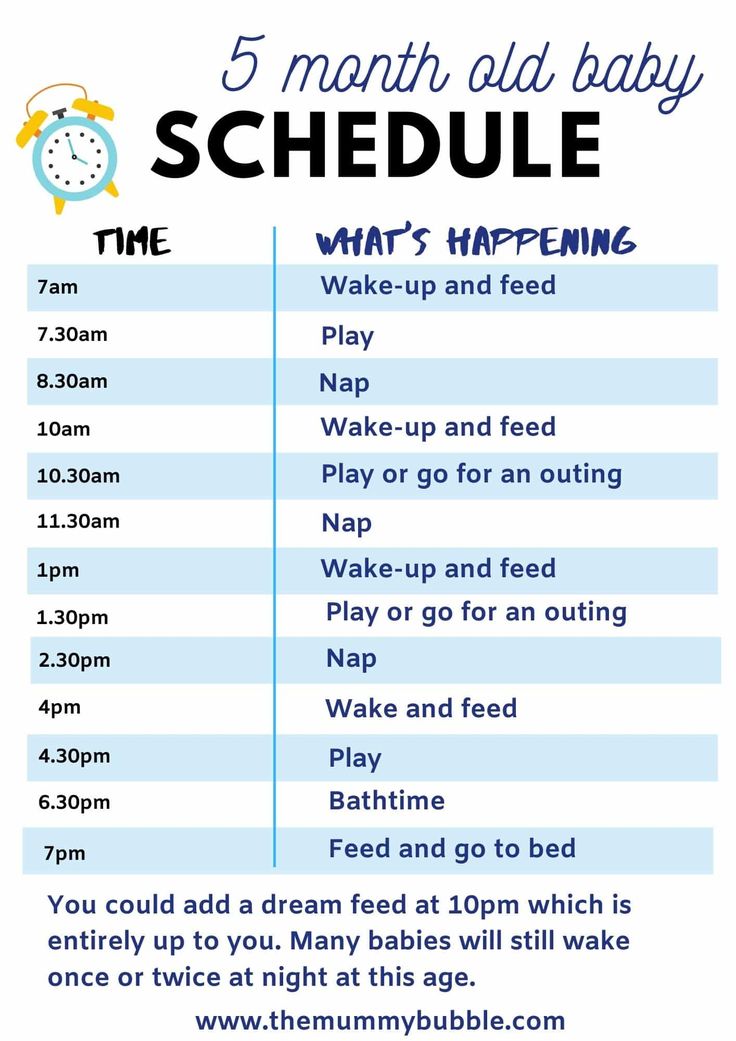 These values are averages. Since girls can reach a height of 70 centimeters and have a weight of 9300 grams, and boys - 71.9 centimeters and 9800 grams.
These values are averages. Since girls can reach a height of 70 centimeters and have a weight of 9300 grams, and boys - 71.9 centimeters and 9800 grams.
What daily routine should a baby have at 6 months?
+
A six-month-old baby at this age sleeps up to 13 hours a day. At the same time, two daytime sleeps are still saved. The daily routine of each child is individual and depends on the needs of the baby, his well-being. nine0003
What is the norm in feeding in infants at six months?
+
Normally, a baby eats up to 600 milliliters of breast milk, formula and 200-300 grams of complementary foods, which are divided into six doses.
Expert opinion
6 month old baby becomes very active, mobile. His musculature was strong enough that he tried to sit up on his own. Vision, hearing are fully developed and function as in adults. The baby already knows how to freely roll from back to stomach and vice versa, lie on its side. Each baby develops at its own pace. Do not panic if the baby has not learned something, but it is important to find out for what reason. nine0003
Each baby develops at its own pace. Do not panic if the baby has not learned something, but it is important to find out for what reason. nine0003
We publish only verified information
Article author
Pruzhinin Mark Yulievich pediatrician nine0003
Experience 30 years
Consultations 1572
Articles 105
An experienced pediatrician with extensive experience and clinical experience in various medical organizations in the field of general pediatrics, resuscitation and anesthesiology and neuroinfection.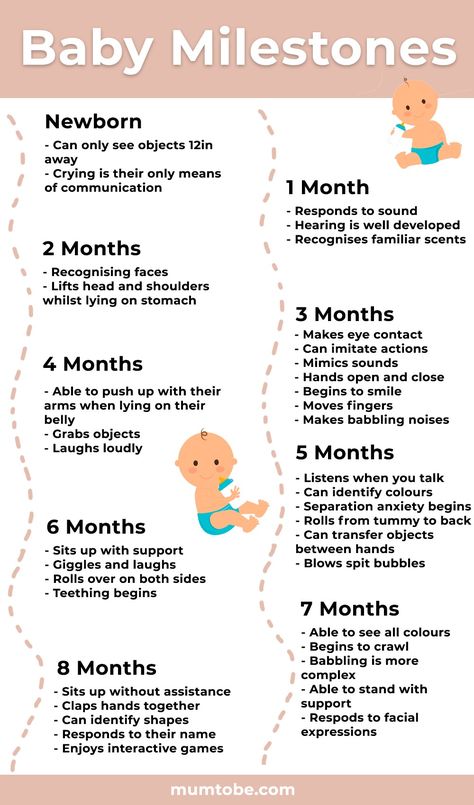 Works with leading experts, attends international and Russian conferences.
Works with leading experts, attends international and Russian conferences.
Baby development at 6 months: physical, physiological development
The sixth month is full of new discoveries, new achievements. The child actively explores the world around him, objects, learns to express emotions. The development of a child in six months changes a lot. The baby begins to try new foods that are offered to him as complementary foods. nine0003
How the child changes physiologically
During this period, the growth of the baby increases by 2 centimeters. And the weight gain is up to 750 grams. In some children, the first teeth are already erupting by this age. Which leads to whims, mood swings, irritability. The kid is trying to “try on the tooth” everything.
Physical development
Each child is individual. A baby's skills at 6 months may differ between boys and girls. nine0003
Auditory perception
At six months, the baby reacts to sounds.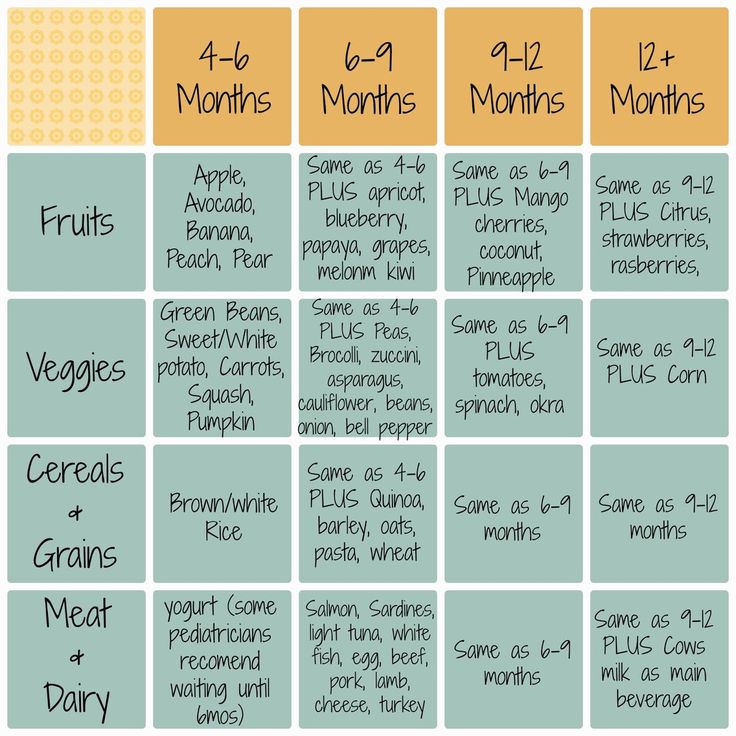 He likes to listen to melodic music, he is interested in musical toys. Sometimes babies “sing along” when they hear a melody. The child understands when he is addressed, reacts to this with a smile.
He likes to listen to melodic music, he is interested in musical toys. Sometimes babies “sing along” when they hear a melody. The child understands when he is addressed, reacts to this with a smile.
Visual perception
Vision is normally well developed. The kid distinguishes objects, colors. Vision becomes sharp. During this period, the baby begins to be interested and study small objects, details. nine0003
The doctor evaluates the physical development of the baby using the centile method. He compares the height and weight of the baby according to the tables, determines the corridor in which the child is located. If there are deviations from the norm in two or more corridors - a reason to contact our doctors. At a remote consultation, they will explain the developmental norms of the baby, adjust the child’s nutritional norms, and advise on physical exercises for development.
What can a baby do at 6 months
The child distinguishes parents by voice, even if they are out of sight.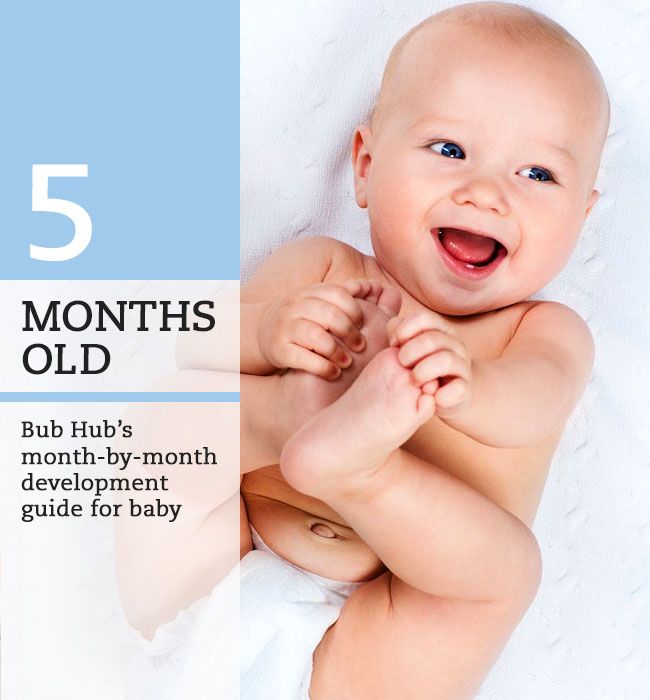 At this age, the baby is able to follow objects, the movements of people. A 6 month old baby can:
At this age, the baby is able to follow objects, the movements of people. A 6 month old baby can:
- search and find objects that were hidden in front of him;
- creeps;
- manages well with two hands at once - holds objects, shifts them from hand to hand;
- the syllables and sounds pronounced by the child increase; nine0028
- sits down without assistance;
- can occupy himself for 15 minutes;
- She tries to eat on her own using a spoon.
Reflexes and motor skills
Psychomotor development is assessed by whether the child is able to roll over from his stomach to his back and vice versa, to keep himself on outstretched arms. Doctors evaluate the baby's ability to make a palm grip. If we talk about the fact that girls develop faster than boys, then this trend is not always visible. Boys at 6 months, with pronounced mobility and low weight, can develop motor faster than their peers, who have a lot of weight.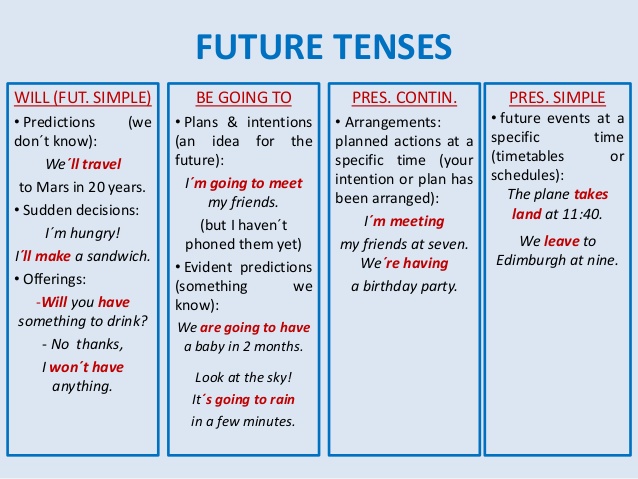 nine0003
nine0003
Psycho-emotional sphere
The psychoemotional development of a child in six months includes:
- crying, which he uses only in cases of discomfort;
- the child tries to repeat the sounds he hears, sometimes imitating intonation;
- begins to respond with a voice to the speech of the mother;
- children in six months are ways to show feelings of affection, cuddle, kiss their parents; nine0028
- they are wary of strangers, keep their distance, fear of strangers disappears;
- primitive causal relationships are formed;
- interested in studying the features of objects.
It is possible to draw conclusions about the formed changes in the intellectual plan of the child when fears appear. This indicates an understanding of the connection of the phenomenon, their foresight.
Lure
At six months, parents begin to introduce the child to products that are allowed at this age.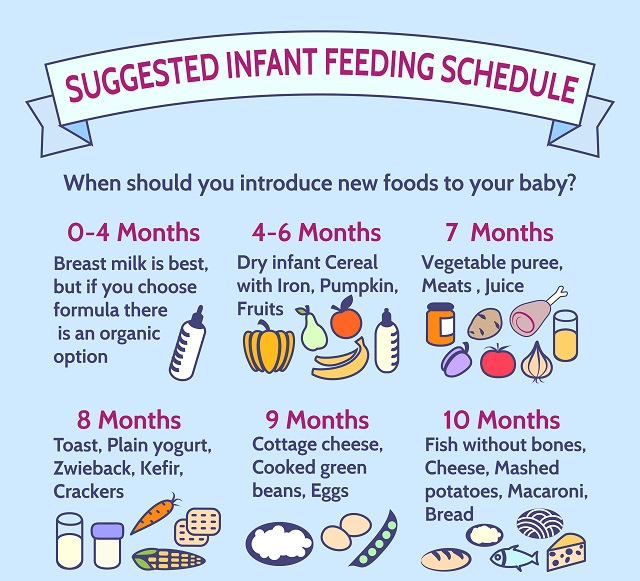 It is much easier for kids on guards to get to know them than a child on willows. This is because breastfed babies are introduced to the taste of many foods through their mother's breast milk.
It is much easier for kids on guards to get to know them than a child on willows. This is because breastfed babies are introduced to the taste of many foods through their mother's breast milk.
During the introduction of products, you must follow the rules:
- start complementary foods with hypoallergenic foods. The second is not administered until the baby's body is used to the first; nine0028
- fed until breastfeeding or before giving formula;
- if adverse reactions to the product appear, it is immediately canceled.
Complementary foods start with one teaspoon of the new product. In the absence of complications, you can increase gradually, bringing up to 30 grams per day. In this case, the child should eat a new product well. It is not worth forcing to eat, it is important to offer.
Important! nine0086 Allowed complementary foods are introduced into the baby's diet after consultation with doctors. This is especially important for formula-fed babies.
First teeth
By six months, babies begin to erupt teeth. Normally, the lower incisors appear first. In this case, the child experiences discomfort: the gums swell, hurt. Sleep is disturbed, the baby becomes irritable, capricious, whiny. The child needs more attention, refuses to eat. To reduce discomfort from this process, special gels and teethers are used. Some parents offer cold fruits to their children. In this case, the cold will work as an anesthetic, but not for a long time. nine0003
How to wash children at this age
The daily procedure includes washing in the morning, washing, hair care, hand hygiene.
| boys | Girls |
| Clean, warm running water is used for washing. Wet wipes can be used throughout the day. In the process of bathing, the genitals are washed using detergents for children's intimate hygiene. | Girls should be washed after each bowel movement. There is no need to bathe every time you change a diaper. For intimate hygiene, special care products are selected. |
Hair with shampoo should not be washed every day. Once every few days is enough.
FAQ
How to properly develop a six-month-old baby? nine0003
+
For these purposes, it is necessary to talk with the baby as often as possible, sing songs, recite poems. Give as many objects of different shapes as possible, pronouncing the names, introduce the surrounding objects on the street. Do not forget about the gymnastics necessary for the harmonious development of the child.
What are the weight and height indicators for a six-month-old baby?
+
The average weight of a baby in six months is 7300-7900 grams, height - 65.7-67.6 centimeters.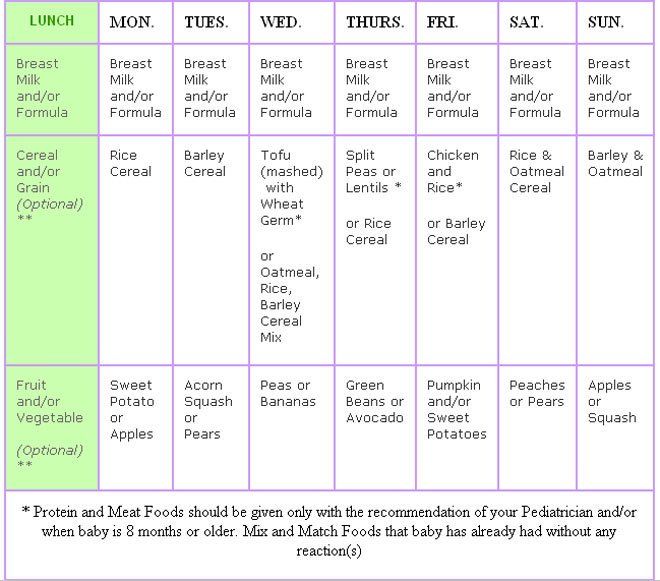 These values are averages. Since girls can reach a height of 70 centimeters and have a weight of 9300 grams, and boys - 71.9 centimeters and 9800 grams.
These values are averages. Since girls can reach a height of 70 centimeters and have a weight of 9300 grams, and boys - 71.9 centimeters and 9800 grams.
What daily routine should a baby have at 6 months?
+
A six-month-old baby at this age sleeps up to 13 hours a day. At the same time, two daytime sleeps are still saved. The daily routine of each child is individual and depends on the needs of the baby, his well-being. nine0003
What is the norm in feeding in infants at six months?
+
Normally, a baby eats up to 600 milliliters of breast milk, formula and 200-300 grams of complementary foods, which are divided into six doses.
Expert opinion
6 month old baby becomes very active, mobile. His musculature was strong enough that he tried to sit up on his own. Vision, hearing are fully developed and function as in adults. The baby already knows how to freely roll from back to stomach and vice versa, lie on its side.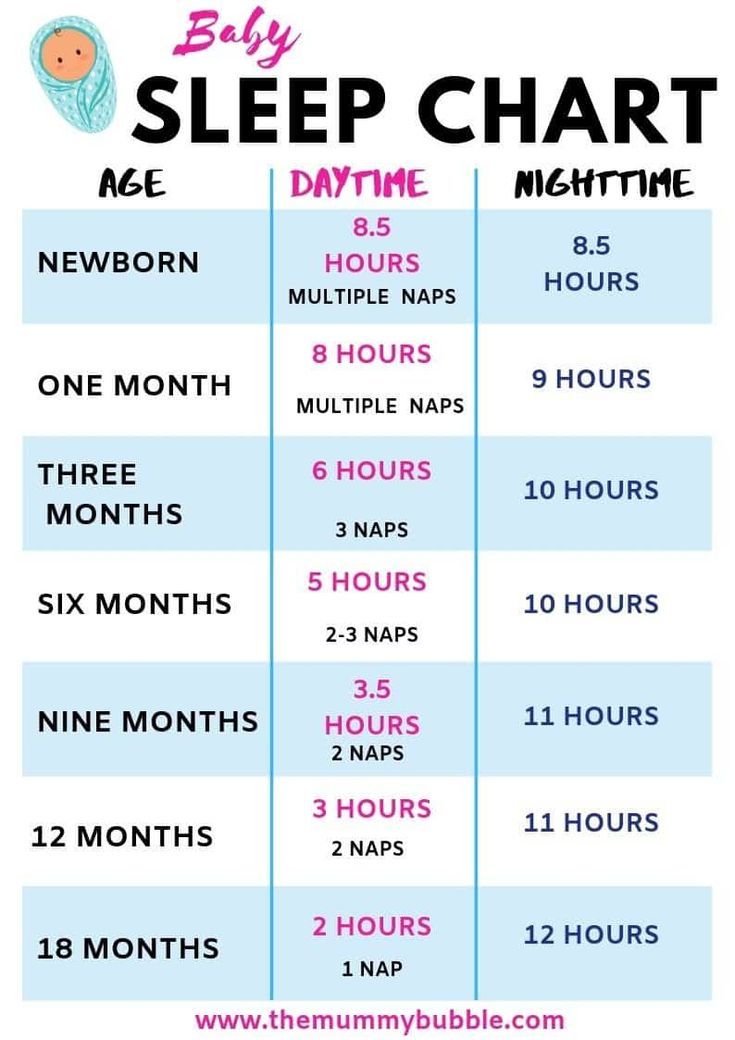
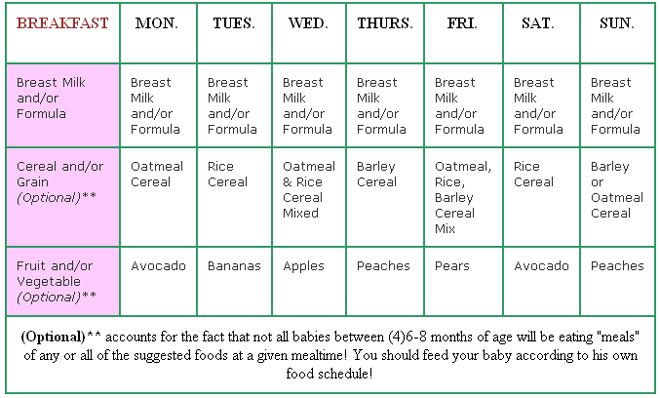 nine0003
nine0003  nine0003
nine0003 
